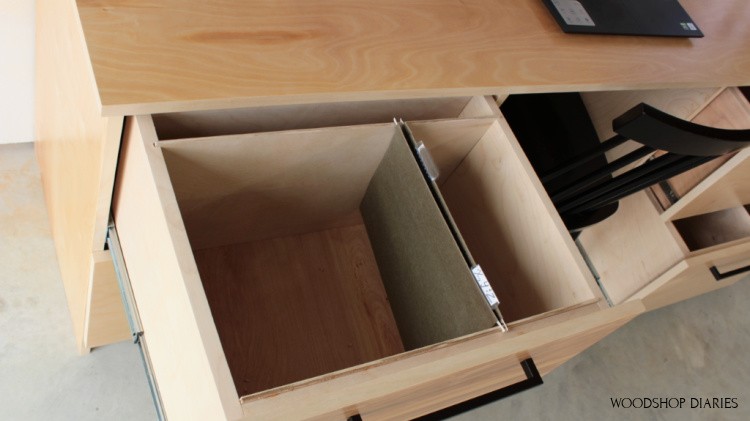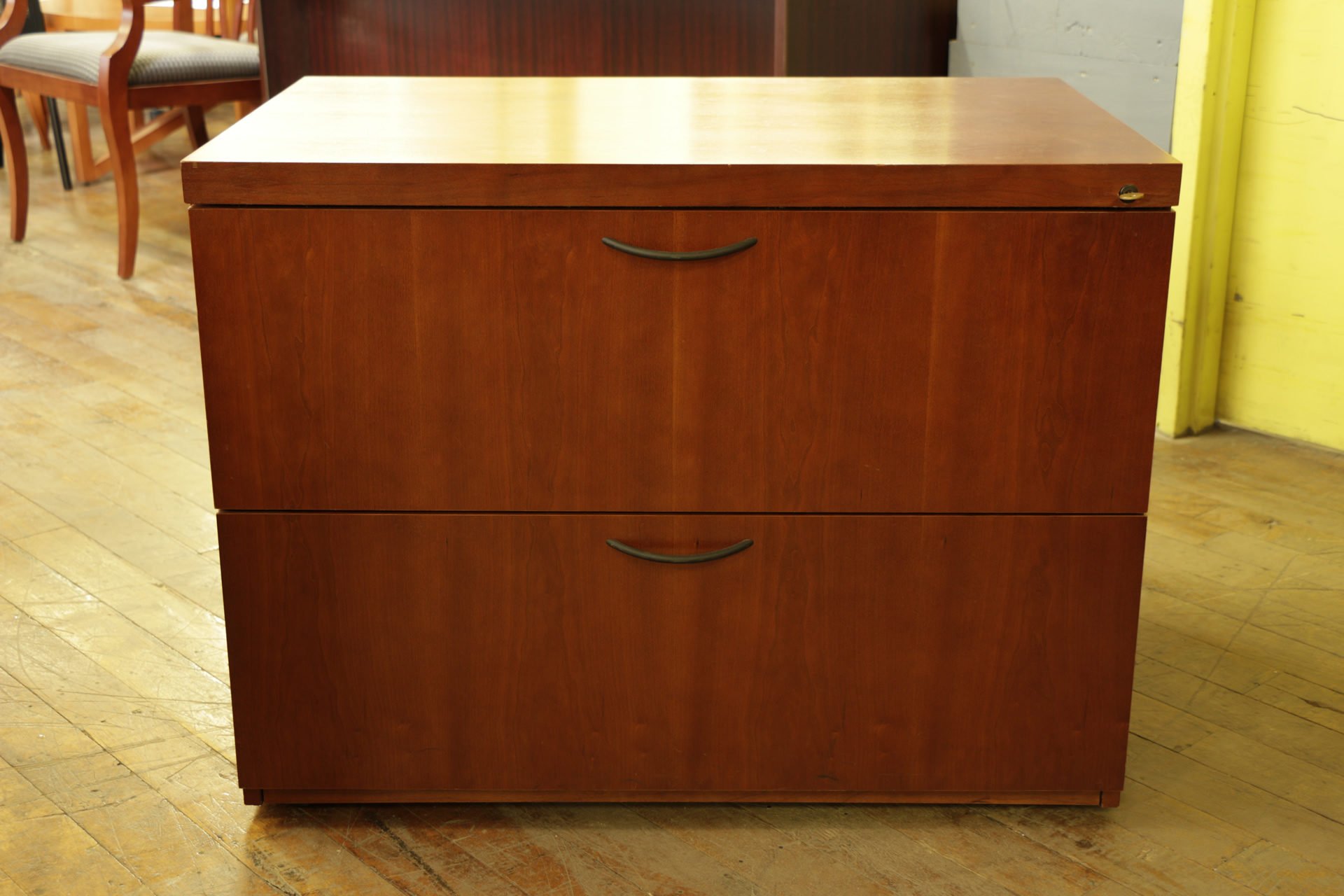Choosing the Right Attachment Method: How To Attach Wood To Metal File Cabinet

Attaching wood to a metal file cabinet requires careful consideration of the attachment method. The chosen method should be strong enough to support the weight of the wood and withstand the stresses of everyday use, while also being compatible with the materials involved.
Factors Influencing Attachment Method Selection
The choice of attachment method depends on several factors:
- Type of Wood: The type of wood used will influence the attachment method. Hardwoods, such as oak or maple, are denser and stronger than softwoods, such as pine or cedar. This will affect the type of fasteners needed and the drilling techniques employed.
- Size and Weight of Wood: The size and weight of the wood will determine the strength and number of fasteners required. Larger and heavier pieces of wood will require stronger fasteners and potentially a different attachment method.
- Intended Use of File Cabinet: The intended use of the file cabinet will affect the attachment method. For example, if the file cabinet is to be used in a high-traffic area, a stronger attachment method will be required.
Common Attachment Methods, How to attach wood to metal file cabinet
Here are some common attachment methods used for attaching wood to metal file cabinets:
- Screws: Screws are a common and versatile attachment method. They are available in various sizes and materials, making them suitable for a wide range of applications. However, screws can be prone to stripping, especially when used in softwoods or with excessive force.
- Bolts: Bolts are stronger than screws and are typically used for heavier loads. They are often used with nuts to secure the attachment. Bolts can be difficult to install in tight spaces and may require drilling pilot holes.
- Brackets: Brackets are metal supports that can be used to attach wood to metal. They provide a strong and stable attachment, especially when used in conjunction with screws or bolts. Brackets can be customized to suit specific needs.
- Adhesives: Adhesives can be used to attach wood to metal, but they are not as strong as mechanical fasteners. They are often used in conjunction with other methods to provide additional support. Adhesives are best suited for light-duty applications.
Choosing the Right Method for Different Scenarios
Here are some examples of common scenarios and recommended attachment methods:
| Scenario | Recommended Attachment Method | Explanation |
|---|---|---|
| Attaching a small shelf to a file cabinet for storing files | Screws | Screws are strong enough to support the weight of the shelf and are easy to install. |
| Attaching a large and heavy countertop to a file cabinet to create a workstation | Bolts and brackets | Bolts and brackets provide a strong and stable attachment that can support the weight of the countertop. |
| Attaching a decorative trim to a file cabinet | Adhesive | Adhesive is a suitable option for attaching decorative trim as it provides a clean and inconspicuous attachment. |
Preparing the Wood and Metal Surfaces

Before attaching wood to your metal file cabinet, it is crucial to prepare both surfaces for a secure and long-lasting bond. This involves cleaning and sanding to create a smooth, even surface for the adhesive or fasteners to grip effectively.
Cleaning the Surfaces
Cleaning the wood and metal surfaces removes any dirt, grease, oil, or other contaminants that can hinder the bond. This ensures that the adhesive or fasteners have a clean surface to adhere to.
- Wood: Use a damp cloth to wipe away dust, debris, and loose particles. For stubborn stains or residues, use a mild detergent or wood cleaner. Allow the wood to dry completely before proceeding.
- Metal: Metal surfaces often require more rigorous cleaning. Use a degreaser or metal cleaner to remove any oil, grease, or rust. For rust removal, consider using a wire brush or sandpaper. After cleaning, wipe the surface with a clean cloth to remove any residue.
Sanding the Surfaces
Sanding the surfaces creates a rougher texture, providing more surface area for the adhesive or fasteners to grip. This increases the bond strength and reduces the likelihood of the wood detaching from the metal.
- Wood: Sand the wood surface with progressively finer grit sandpaper, starting with a coarser grit to remove any imperfections and finishing with a finer grit for a smooth surface. This ensures a uniform surface for the adhesive or fasteners.
- Metal: Sand the metal surface with a fine-grit sandpaper to remove any burrs, imperfections, or rust. Sanding also creates a slightly rough surface, improving the adhesion of the adhesive or fasteners. Be sure to wear protective gear, such as gloves and a mask, when sanding metal, as it can create fine particles that can be harmful if inhaled.
Drilling Pilot Holes
Drilling pilot holes in the wood and metal surfaces is crucial to prevent splitting or damage when attaching the wood. Pilot holes guide the screws or nails, ensuring they enter the material at the desired angle and preventing them from splitting the wood.
- Wood: Drill pilot holes slightly smaller than the diameter of the screws or nails. This allows the screw or nail to enter easily and prevents the wood from splitting. Use a drill bit that is specifically designed for wood.
- Metal: For metal surfaces, drill pilot holes that are slightly larger than the diameter of the screws or nails. This allows the screw or nail to enter easily without damaging the metal. Use a drill bit that is specifically designed for metal.
Attaching the Wood to the Metal File Cabinet

Now that you have selected the appropriate attachment method and prepared the surfaces, it’s time to get down to the nitty-gritty of attaching the wood to the metal file cabinet. The method you choose will depend on the weight of the wood, the intended use of the cabinet, and your own comfort level with different tools and techniques.
Using Screws
Screws are a popular choice for attaching wood to metal because they are relatively easy to use and provide a strong bond. When using screws, it is important to use the correct type of screw for the job. For example, you should use self-tapping screws for attaching wood to metal. These screws are designed to create their own threads in the metal, eliminating the need for pre-drilling. Here’s a step-by-step guide:
- Mark the screw locations. Use a pencil or marker to mark the exact locations on the wood and metal where you will be driving the screws. This helps ensure that the screws are aligned and will not be driven into any critical areas of the file cabinet.
- Pre-drill the holes. If you are using a screw that is too large or too long, you may need to pre-drill the holes in the wood and metal. This helps to prevent the wood or metal from splitting when the screw is driven in.
- Drive the screws. Use a screwdriver or drill to drive the screws into the marked locations. Be sure to drive the screws in straight and to a depth that is sufficient to provide a secure bond.
- Check the tightness of the screws. Once the screws are driven in, check to make sure that they are tight but not overtightened. Overtightening the screws can damage the wood or metal.
Using Bolts
Bolts are a more robust option for attaching wood to metal, providing greater strength and resistance to vibration. They are often used in situations where the wood will be subjected to heavy loads. However, they require more steps and specialized tools compared to screws.
- Drill pilot holes. Start by drilling pilot holes in both the wood and metal for the bolt shafts. The pilot holes should be slightly smaller than the diameter of the bolts.
- Install the bolts. Insert the bolts through the pilot holes and thread them into the corresponding nuts. Use a wrench or socket to tighten the nuts securely.
- Secure the bolts. Once the bolts are in place, use a locking washer or a thread-locking compound to prevent them from loosening over time.
Using Brackets
Brackets provide a simple and effective way to attach wood to metal, particularly when attaching shelves or other horizontal structures. Brackets are available in a variety of materials, including metal, plastic, and wood. They are often used in conjunction with screws or bolts for added security.
- Mark the bracket locations. Use a pencil or marker to mark the exact locations on the wood and metal where the brackets will be attached.
- Attach the brackets. Use screws or bolts to secure the brackets to the wood and metal. Be sure to use screws or bolts that are appropriate for the type of bracket and the thickness of the wood and metal.
- Check the bracket alignment. Once the brackets are attached, check to make sure that they are aligned and secure.
Using Adhesives
Adhesives can be a good option for attaching wood to metal when a strong bond is required, but the aesthetic of screws or bolts is undesirable. However, adhesives are not as strong as mechanical fasteners and may not be suitable for applications where the wood will be subjected to heavy loads.
- Prepare the surfaces. Before applying the adhesive, make sure that the wood and metal surfaces are clean and dry. You may need to sand or roughen the surfaces to improve adhesion.
- Apply the adhesive. Apply a thin, even layer of adhesive to both the wood and metal surfaces. Be sure to follow the manufacturer’s instructions for the specific adhesive you are using.
- Clamp the surfaces together. Once the adhesive is applied, clamp the wood and metal surfaces together and allow the adhesive to cure according to the manufacturer’s instructions. Clamping helps to ensure a strong bond and prevent the surfaces from moving while the adhesive dries.
How to attach wood to metal file cabinet – Nah, kalau mau pasang kayu ke lemari arsip logam, jangan lupa perhatikan bahan lemnya ya. Pilih lem yang kuat dan tahan lama, biar gak mudah lepas. Ingat, ruangan kecil perlu penataan yang tepat, seperti prinsip feng shui bedroom small space yang menekankan harmoni dan fungsionalitas.
Nah, setelah lemari arsipnya terpasang, jangan lupa rapikan ruangannya agar lebih nyaman. Nah, sekarang kamu bisa deh menata barang-barang di lemari arsipmu dengan lebih rapi dan tertata.
Want to add a touch of rustic charm to your office? Attaching wood to your metal file cabinet can be a fun project! You can even use the same techniques to build a sturdy frame for a small hanging chair for bedroom to add some cozy vibes to your home.
Once you’ve mastered attaching wood to metal, the possibilities are endless!
